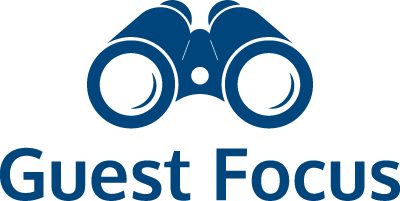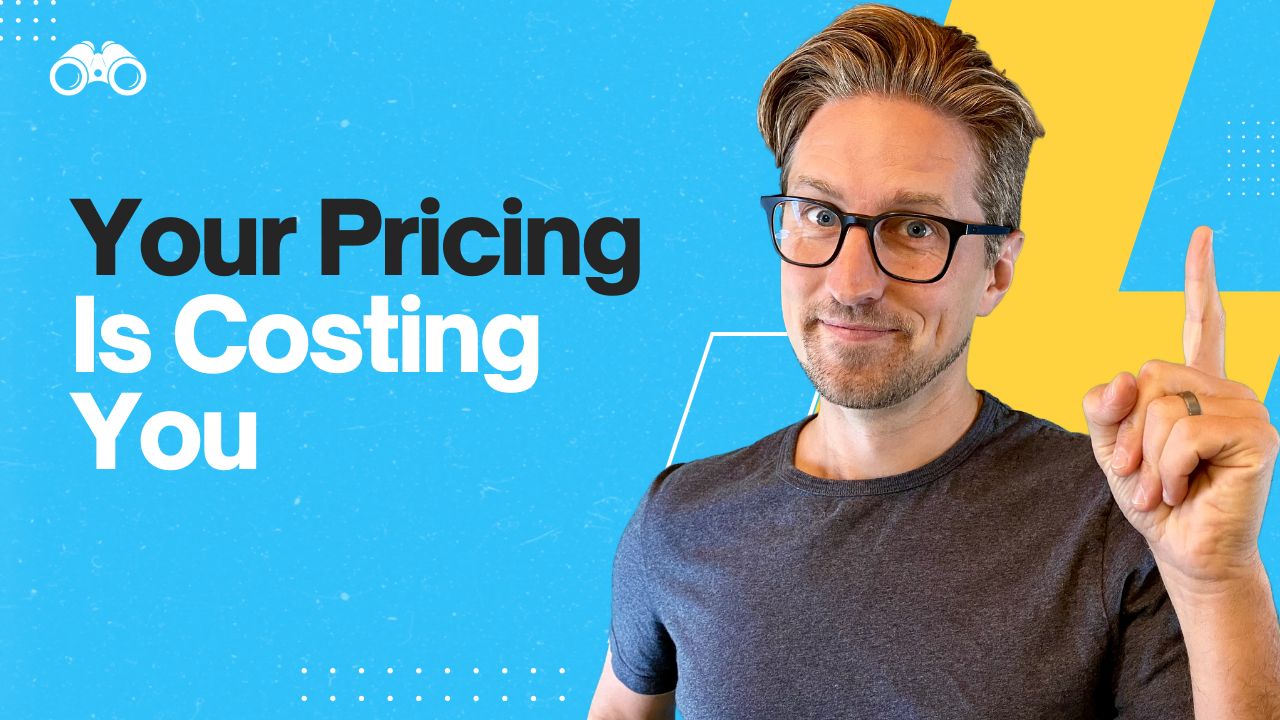How to Price Tours for Profit: Boost Your Profits by 40%
A small 10% adjustment in your tour pricing can potentially increase profits by 40%, without requiring any additional time, energy, or resources. This simple shift is one of the most powerful yet overlooked ways to boost profitability in your tour business.
Welcome to our series on how to price tours, activities, and experiences for profit. We’re tackling one of the most challenging aspects of running a successful tour business: pricing our experiences properly. This is the first of a series on pricing strategies for tour operators. Tune into the whole series here!
The Questions Every Tour Operator Asks
Have you struggled with statements like, “I just don’t know what to charge” or “Should I be charging more for larger groups?” Maybe you’ve wondered if your experience should be priced differently for different subgroups, niches, or the corporate market. Many operators find themselves asking how to properly tabulate all costs, how annual expenses factor in, and most importantly, why they’re not making as much profit as they want.
The good news is that after working with hundreds of tour and activity operators around the world, we’ve found that getting pricing right is actually one of the most effective ways to grow your tour business. It’s one of the most important levers you have to ensure success.
Pricing as a Process
The best advice we can offer is to think of pricing as a process. It’s not something we do once when we set up a tour, or something we revisit every couple of years. We leverage pricing frameworks and come back to them often to reduce the risk of selling tours that ultimately run at a loss, or finding ourselves partway through the year with insufficient revenue.
Good pricing also gives us peace of mind when we test our pricing in the real world—that’s where the rubber meets the road. The market provides the ultimate feedback loop on what we can charge and who we can charge it to.
Three Essential Pricing Frameworks
There are three main pricing frameworks that tour operators typically use:
1. Cost-Plus Pricing
This is the most basic approach, where you calculate all your costs and add a markup or percentage on top. Every tour business owner should start with cost-plus pricing to figure out the true costs of running their tour and activity business.
2. Competitive Pricing
This framework involves analyzing what others charge and positioning yourself accordingly. Classic examples include companies like Walmart with their everyday low prices (sometimes running at a loss to attract business and drive up volume), or Apple, charging significantly more for their devices to indicate they’re at the top of the market.
3. Value-Based Pricing
Here, you price tours based on the unique value you provide to the customer, client, or guest. For example, you might have similar expenses to take a group of 20 people on a food tour. But if those 20 people are from a company and they’ve hired you for team building, the value you’re ultimately providing is dramatically different. If that corporate event helps reduce churn and improves teamwork, you’re providing significantly more value than you would to holiday visitors.
In upcoming content, we’ll go into more detail on each framework, but for most small to medium-sized tour businesses, we always start with cost-plus. You need to understand your on-tour costs and annual expenses to avoid pricing at a loss. Then, we lean into competitive frameworks to understand where our experiences fall within the competitive landscape. But value-based pricing is where we can really play with margins when we test in the real world.
The Power of Small Price Changes
Tour operators don’t always understand that a small change in pricing can lead to a significant shift in profitability. Let’s look at a quick example:
Say you have a food tour currently priced at $80 per person. Your average group size is 10 people, so the revenue per tour is around $800. The tour costs (guide, food tastings, etc.) are around $600, giving you a profit of $200 or a 25% profit margin.
After just a 10% price increase to $88 per person, your revenue per tour jumps to $880. The tour costs remain unchanged at $600, and your new profit is $280—a 31.8% profit margin. That small 10% price increase led to a 40% increase in profit!
That’s the power of pricing. While your costs (even annual ones) stay about the same as you test different price points, all that extra revenue goes straight to the bottom line.
Compare this to other ways of growing profits—creating new tours, finding new customers, opening new markets, establishing new distribution channels, or starting new marketing campaigns. All of these require significant investments of time, energy, and resources.
While many of us are nervous about changing our prices—fearing it will collapse our business or significantly impact customer behavior—having an open mind and willingness to test prices is one of your biggest levers for boosting profitability.
The Guest Focus Formula™ and Pricing Power
If you’ve been following us for a while, you may have heard about our Guest Focus Formula™. Simply put, it’s a proven methodology showing that keeping your ideal target guests at the heart of everything you do is the key to commanding premium prices.
Looking at the most successful tour operators globally, we see they’ve niched down. They chose their ideal target guest and served them better than anyone else. The saying “the riches are in the niches” directly relates to what you can charge for your experiences.
Our Guest Focus Formula™ is the pathway to premium pricing. The moment someone realizes your service is perfectly aligned with their needs, wants, and pain points, you can charge more because you’re delivering significantly more value.
There’s a strong connection between your tour design, who it’s designed for, and what you can ultimately charge. If you have an undifferentiated tour without a clear idea of who it’s for (“everyone”), and there are direct comparisons with other operators in your market, you’ll struggle with pricing.
Sometimes we need to take a step back and ask: Do we have a clear idea of who we’re serving, and are we serving them at the highest possible level? That’s where true pricing power comes from.
Day Tours vs. Multi-Day Tours
Many of these frameworks and principles apply equally to both day tours and multi-day experiences, but there are important nuances to consider:
Day Tours:
- Generally lower cost but higher volume
- Goal is to maximize occupancy while keeping costs per guest low
- Often booked last-minute and compete with many alternate options
- Higher distribution commissions (20-30% or more) from resellers and OTAs
- Cash flow is typically steady but highly dependent on seasonality and weather
Multi-Day Tours:
- Higher per-customer revenue
- Lower commissions for resellers (5-15%)
- Longer booking windows requiring stronger sales and marketing systems
- Need to account for upfront deposits, currency exchange risks, and robust cancellation policies
- Guests often book months or years in advance
- Minimum group sizes and cut-off dates are critically important
Learning From Experience
In our coaching program, many of our coaches have built and scaled their own tour businesses. They’ve been generous in sharing tools, templates, and resources assembled over years of building thriving, profitable tour businesses.
The most valuable pricing insights often come from testing and measuring in your own business. With these frameworks as your foundation, you’ll be equipped to make informed pricing decisions that boost your profits while delivering exceptional experiences to your guests.
Want help creating more engagement (and stellar reviews) for your tours? Book a free 45-minute strategy call with us today!




